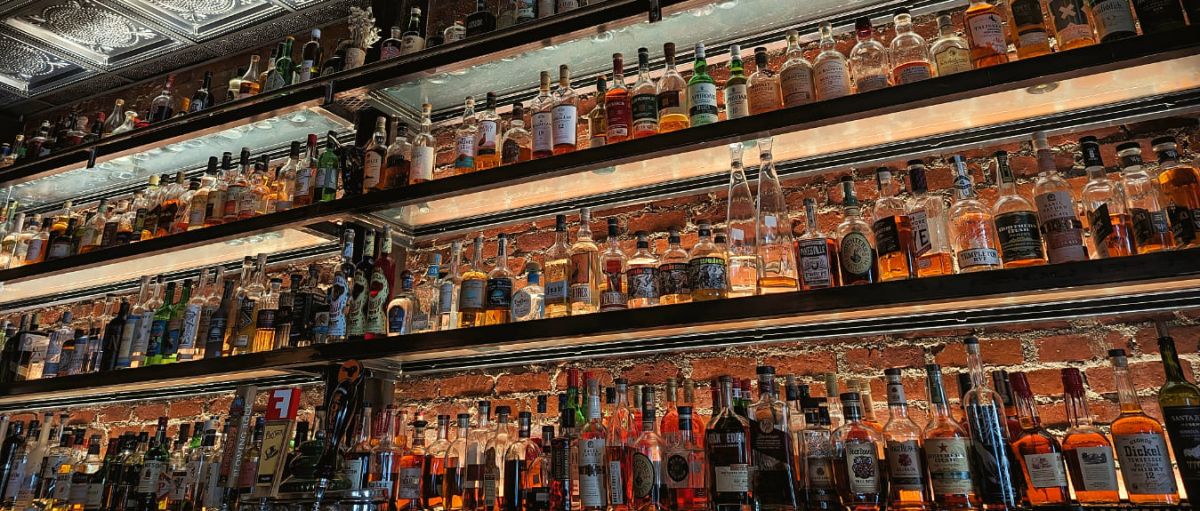Securing shelf space in Asia’s top bars and retailers is no longer just about having a premium bottle or an international award. It’s about knowing your buyer, matching your value to their goals, and delivering local relevance in a highly competitive, trend-driven landscape.
Whether you're a gin producer in Spain, a whisky brand from Scotland, or a craft distiller in the U.S., if you want to break into Asia in 2025, this guide will help you understand how purchasing decisions are made — and how your brand can become part of that decision.
How Do Beverage Buyers in Asia Actually Choose Brands?
Before pitching a distributor or import partner, it’s important to understand that there is no one-size-fits-all model. Purchasing behavior differs between:
- Hotels vs Cocktail bars
- Chain retailers vs Boutique liquor stores
- Established markets (Japan, Singapore, Korea) vs Emerging ones (Vietnam, Philippines, India)
However, across Asia, there are a few shared truths:
Core Considerations:
- Proven market demand or trend alignment
- Awards and recognitions (esp. regionally relevant)
- Support for activation (POS, bartender engagement, tasting budget)
- Pricing fit (especially in high-tax markets)
- Importer credibility and logistics reliability
- Storytelling and origin authenticity
Singapore: The Gateway to Southeast Asia
How Purchasing Works:
- Most on-trade buyers rely on importer portfolios and tasting panels.
- Retailers like FairPrice, RedMart, and EC Wines use local data and brand credibility.
- Bartenders have real influence — many bars rotate menus quarterly and look for award-winning spirits with a story.
Tips to Get In:
- Get listed with importers like Spirits Castle or EC Proof
- Join bartender competitions or bar tours
- Display Asia Spirits Competition medals in pitch decks
- Highlight suggested serves with local ingredients (e.g., pandan, calamansi)
South Korea: The Trend-Driven Bar Culture
How Purchasing Works:
- Major retailers (e.g., Wine & More, Coupang) often test new SKUs via digital promotions.
- Bars and clubs in Seoul’s Itaewon and Gangnam districts follow social trends and bartender endorsements.
- Buyers prefer quick-moving, on-trend, and premium-but-affordable SKUs.
Tips to Get In:
- Create Korean-language product sheets
- Collaborate with K-bar influencers or bartenders
- Offer competitive per-case pricing for launch
- Focus on visual appeal and Instagrammable elements
Japan: Respect for Craft, Preference for Local
How Purchasing Works:
- Japan’s bar culture values craftsmanship, quality, and subtlety.
- Buyers at high-end bars like those in Ginza and Shinjuku are highly selective.
- Off-trade retailers often work with distributors like Liquor Innovation or Rakuten Liquor for curated imports.
Tips to Get In:
- Emphasize craftsmanship and production technique
- Highlight medals or accolades from Asian-based competitions
- Show suggested pairing with Japanese cuisine or drinking culture
- Be patient — building trust in Japan takes time
Vietnam: Fast-Growing and Import-Friendly
How Purchasing Works:
- Vietnam’s top bars and restaurants in Ho Chi Minh City and Hanoi are young, globally aware, and very receptive to new spirits.
- Retailers like HotShop.vn and Winecellar.vn are open to boutique imports.
- Bar owners often choose products that come with educational support and local events.
Tips to Get In:
- Provide Vietnamese-translated brand guides
- Offer tasting events or bartender training sessions
- Partner with local influencers or media sites like Vietnam Wine & Spirits Magazine
- Enter local and regional competitions to build authority
Role of Competitions Like Asia Spirits Ratings
In nearly every Asian market, importers and buyers use awards as trust shortcuts. A medal from a regionally judged competition sends an important signal:
- This product has already impressed experts in Asia.
- This brand is serious about entering this market.
- This SKU is worth sampling.
By entering the Asia Spirits Ratings, you position your brand to:
- Be included in buyer guides across multiple countries
- Gain exposure through Asia Spirits digital media
- Strengthen your sales pitch to importers and retailers
- Build a portfolio of trust for long-term success
How to Increase Your Shelf Placement Odds
Here’s a checklist spirits producers can follow to improve chances of securing on- and off-trade listings in Asia:
- Action
- Submit to regional competitions (e.g., Asia Spirits Ratings)
- Build country-specific sell sheets
- Work with local importers who already have hotel/bar clients
- Include suggested serves using local flavors
- Pitch with strong bottle visuals and awards displayed
- Support listings with POS, bartender training, or tastings
- Build digital presence on platforms like Rakuten, Shopee, and Wine & More
Final Word: Shelf Space Is Earned, Not Given
Every buyer in Asia is pitched hundreds of brands a year. If you want to be more than just another SKU in a catalog, your presentation, proof points, and local relevance must be sharper than ever.
Start with recognition — a win at the Asia Spirits Ratings gives you a launchpad into Asia’s most discerning buyers.
Header Image sourced from Unsplash.
